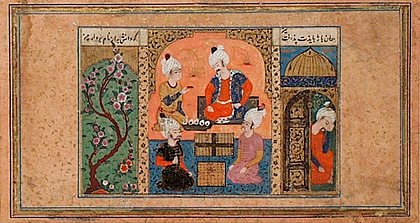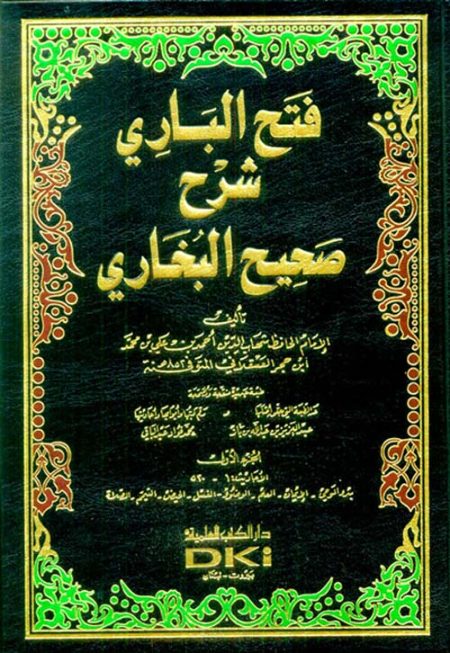962-7983-18423+
24/7 دعم

Shihab al-Din Abu al-Fadl Ahmad ibn Ali ibn Muhammad ibn Muhammad ibn Ali ibn Mahmoud ibn Ahmad ibn Ahmad al-Kinani al-Asqalani, then al-Misri al-Shafi’i (Sha’ban 773 AH/1371 AD – Dhu al-Hijjah 852 AH/1449 AD), a hadith scholar and Muslim scholar, Shafi’i in doctrine, was given several titles, including Sheikh al-Islam and Amir al-Mu’minin in hadith. (1) He was originally from the city of Asqalan. Al-Hafiz Ibn Hajar al-Asqalani was born in the month of Sha’ban in the year 773 AH in Fustat. His father died when he was young, so he was raised in the care of one of his father’s guardians, studied knowledge, and took over teaching. He was fond of literature and poetry, then he turned to the science of Hadith, and traveled within Egypt, to Yemen, Hijaz, the Levant and other places to listen to sheikhs, and he worked in Hadith and explained Sahih Al-Bukhari in his book Fath Al-Bari, so his name became famous. Al-Sakhawi said: “His works spread during his lifetime and were given to kings as gifts and written by the great ones.” He had many other works, Al-Sakhawi counted them as 270 works, and Al-Suyuti mentioned that they were 200 works. His works were varied, as he wrote in the sciences of the Qur’an, the sciences of Hadith, jurisprudence, history, and other things, the most famous of which are: Taqrib Al-Tahdhib, Lisan Al-Mizan, Al-Durar Al-Kamina fi Aayan Al-Mi’at Al-Thamina, Al-Uqab Al-Ruwat, and others. Ibn Hajar took over the issue of fatwas and worked in the House of Justice and was the chief judge of the Shafi’i school. Ibn Hajar was very interested in teaching, and he was busy with it and nothing distracted him from it even during the days when he was appointed as a judge and fatwa issuer. He taught in the most famous schools in the Islamic world during his time, such as: Al-Shaykhuniyah, Al-Mahmoudiyah, Al-Hassaniyah, Al-Baybarsiyah, Al-Fakhriya, Al-Salihiyah, Al-Muayyadiyah, and Jamal Al-Din Al-Ustadar School in Cairo. He died in 852 AH in Cairo.
